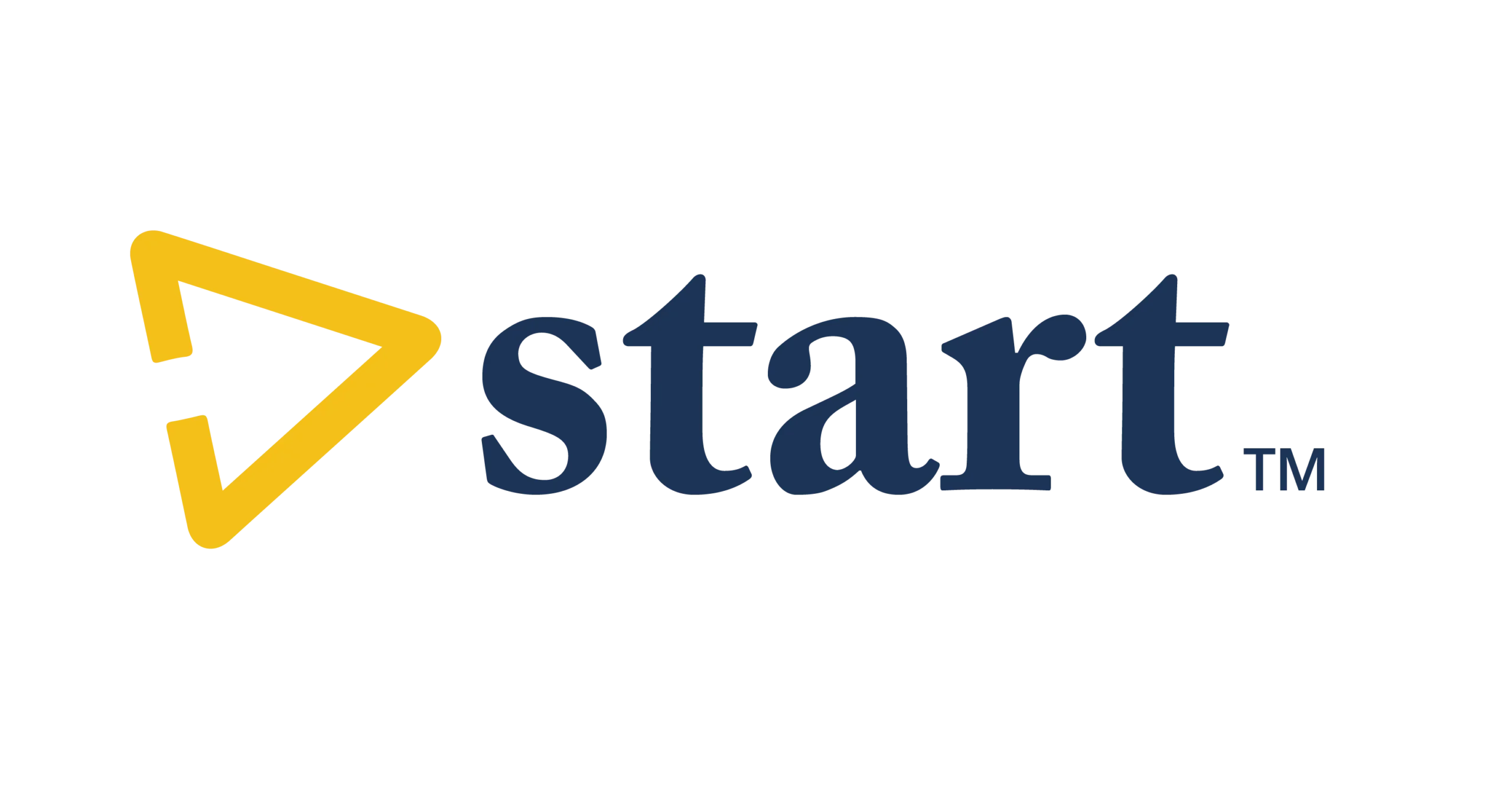
HSAs: The Gift of Health Savings
2022 has been a year of economic uncertainty and massive inflation. Yet amidst all this, national HSA contributions increased compared to last year. HSA contribution has increased from the previous year. Adding to this phenomenon, an impressive 48% of millennials and Gen Z individuals have embraced HSAs as a tool for retirement investment. This surge in popularity underscores the resilience of HSAs amid financial challenges. These accounts offer a trio of benefits: a triple-tax advantage, investment potential, and annual rollover capabilities, forming a vital safety net during these trying times.
The Triple-Tax Advantage
Tax-Free Contributions
Similar to a 401(k), HSA contributions are deducted from your paycheck pre-tax. Employers can also make pre-tax contributions to your HSA.
Tax-Free Growth
The growth of HSA funds remains untaxed, adding significant value to potential investments.
Tax-Free Withdrawals for Qualified Medical Expenses
At any age, you can access HSA funds to cover qualified medical expenses, including doctor’s visits, medical procedures, prescriptions, dental and optical care, and even items like vitamins and Band-aids. A simple search for “HSA-qualified items” on Amazon reveals the extensive coverage HSAs provide. After reaching age 65, HSA funds can be used for non-medical expenses, albeit subject to regular taxation.
Combatting Escalating Healthcare Costs through Elevated Savings
Strategies for Maximizing Your HSA
In 2022, the maximum annual HSA contributions are set at $3,650 for individuals and $7,300 for families. Looking ahead to 2023, these limits will be $3,850 for individuals and $7,750 for families. Strive to contribute these maximum sums annually or come as close to them as possible. Even if reaching the maximum isn’t feasible, consistent annual contributions remain crucial.
For married individuals, consider splitting your HSA into two accounts. Although the family contribution limit remains constant, each spouse can make an additional annual $1,000 catch-up contribution after turning 55. If you’ve yet to maximize your HSA, it’s not too late. Starting contributions at age 50 can still yield substantial results during your peak earning years. (Note that enrolling in Medicare makes HSA contributions no longer possible.)
What About Dependents HSA Contributions?
Contrary to common belief, contributing to an HSA isn’t limited to individuals with their own healthcare plans. Family members covered by another person’s plan can make maximum contributions to their individual HSAs. The annual contribution maximum is determined by the type of plan, not individual status. Single non-dependent children can utilize the full family maximum contribution limit for their HSAs.
Below is an example from The Kitces Report to help clear things up:
Example:
Consider the following example from The Kitces Report:
Steve and Susan, a married couple, have two adult children. Chelsea, aged 22, is independent and not claimed as a dependent, while Chad, aged 20, is a dependent undergrad student. Steve and Susan’s family HDHP covers both children. They can contribute a total of $7,300 to their HSA accounts in 2022, distributed between the two accounts as desired.
Chelsea, being independent, can contribute the full family HDHP maximum of $7,300 to her own HSA. Chad, however, being a dependent, isn’t eligible to contribute to his own HSA.
Because Chelsea is not able to be claimed as a dependent by her parents, she can contribute $7,300 (the family HDHP maximum) to her own HSA and deduct the contribution on her own tax return (regardless of whether her parents contributed to their own HSAs or not). Alternatively, Steve and Susan can contribute to Chelsea’s HSA (in addition to their own HSAs) as long as the total contributions made to Chelsea’s account (regardless of who makes them) do not exceed her own $7,300 (in 2022) family maximum limitation. And regardless of whether the contributions are funded by Chelsea or her parents, Chelsea would still be able to deduct all contributions made (by herself and her parents) to her own HSA on her own tax return.
Even though Chad is covered by his parents’ HDHP, he is also claimed as their dependent, so he is not eligible to contribute to an HSA of his own.
The Reigning Champions of Retirement Vehicles
HSAs stand out as the sole retirement vehicle that boasts a triple-tax advantage along with year-to-year fund rollover. While 401(k)s offer tax-free contributions and growth but lack tax-free withdrawals, and Roth IRAs feature tax-free growth and withdrawals but not contributions, HSAs uniquely combine all three advantages. Additionally, unlike Flexible Spending Accounts (FSAs), HSAs allow annual fund rollover. HSAs rightfully claim the throne in the realm of retirement tools.
Sources:
“48% of Millennials and Gen Z’ers are Investing for Retirement Through This Account”
CNBC
“HSA Contributions Grew This Year Despite Rising Prices, Tough Investment Markets”
Investor’s Business Daily
“Maximizing Health Savings Accounts (HSAs) Tax Benefits With Adult Children Under Age 26”
The Kitces Report
